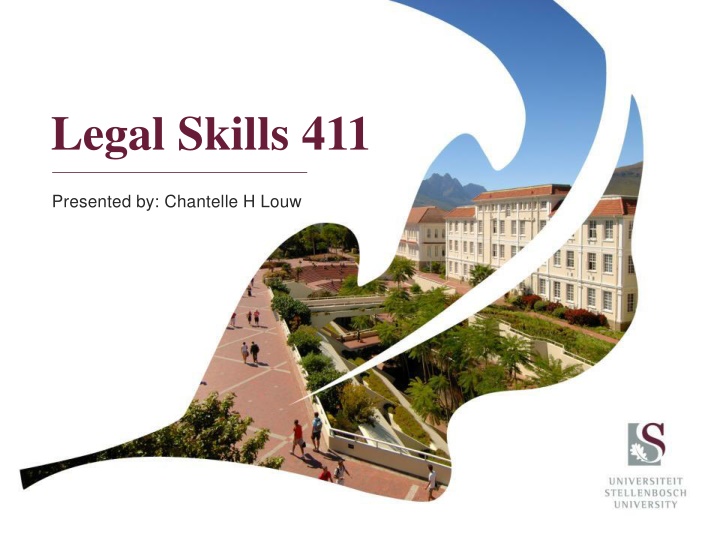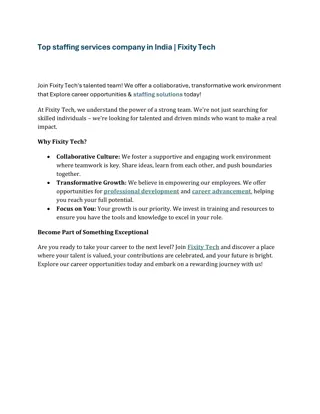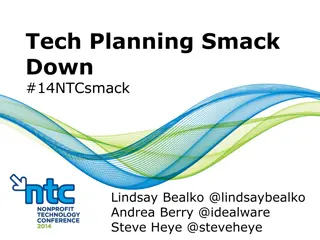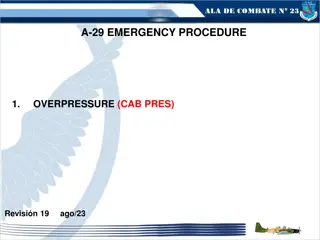
Effective Legal Research Techniques for Academic Writing
Enhance your legal research skills and academic writing with this comprehensive guide. Learn about formatting requirements, technical presentation guidelines, research outline strategies, and more to excel in your legal studies.
Download Presentation

Please find below an Image/Link to download the presentation.
The content on the website is provided AS IS for your information and personal use only. It may not be sold, licensed, or shared on other websites without obtaining consent from the author. If you encounter any issues during the download, it is possible that the publisher has removed the file from their server.
You are allowed to download the files provided on this website for personal or commercial use, subject to the condition that they are used lawfully. All files are the property of their respective owners.
The content on the website is provided AS IS for your information and personal use only. It may not be sold, licensed, or shared on other websites without obtaining consent from the author.
E N D
Presentation Transcript
Legal Skills 411 Presented by: Chantelle H Louw
Technical Presentation Word count = 2 000 words incl footnotes and bibliography The format must be: 12 points, Arial font, with 1.5 line spacing, 0 before 0 after, 2.54 margins all around and justified alignment. Use a left indent, of 0.5 cm at the beginning of every paragraph, excluding the first paragraph under any heading. Footnotes should be formatted in the following way: 10 points Arial font, with single line spacing, paragraph spacing 0 before and 0 after, justified alignment. http://blogs.sun.ac.za/legalwriting/files/2015/02/Starter-Pack- 2015.rar
Technical Presentation Headings should be formatted in the following way: 1 Level one 1 1 Level two 1 1 1 Level three Leave a full line space only before a level one (main) heading otherwise there must be no spaces in-between the level two and three (sub) headings. For example: 4 4 1 4 1 1 Access to justice in international human rights law Access to justice as a peremptory norm of international law The Protocol to the African Court 5 Does access to justice mandate direct access of individuals NGOs before the African Court? and
Research outline - overview In your research outline, you need to describe your intended or planned approach which you will use to answer your research question ( RQ ). This include: What methods are you going to use to answer your RQ and achieve your research aims? What sources are you going to consult? How are these sources going to assist you to answer your RQ? Are they appropriate and the most relevant and up to date academic sources relevant to your topic? What approach are you going to adopt towards analysing and evaluating your materials? Example: Critical legal approach? Comparative analysis?
Address the following in your RO Introduction and aim (what am I writing about and why?) A description of the research problem and an indication as to relevance/importance/motivation of the problem Research problem set out the most important concepts (What) Research question(s) that need to be answered try to produce one over-arching research question hypothesis (a proposition on how to approach the research question a theory to test). Methodology what methods are you going to use to answer your RQ. Limitations The things that you are not doing and why not. Literature review A review of relevant literature (be realistic and make sure you read the literature before reviewing it). Bibliography divided into source read and sources to be read. and a corresponding
Suggested headings for RO 1. 2. 3. 4. 5. 6. 7. Introduction Research problem Research question and research hypothesis Methodology Limitations Literature review Provisional bibliography NB. Your lecturer s instructions take preference some lecturers prefer a more concise RO, some prefer not to include a hypothesis, etc. make sure you know what your lecturer expects of you and follow those instructions. literature review or a
Introduction This part briefly discusses the background to your research. The introduction of your paper will discuss the research problem and research aims which you have identified (the what and the why). What is the problem? Set out the most important concepts (ideas/theories) The primary purpose of an introduction is not to summarise the content of your paper. The purpose of an introduction is simply to explain to your reader what you are writing about as well as the legal context within which your discussion takes place.
Research question What is the particular overarching question that the research will address? This may lead you to a sub- question (or two). Some questions will be to the point, some you will have to narrow down. An example of a research question could be: The research question that this research paper will address is whether, in light of the increasing emphasis placed on the protection of women s rights by the international and Southern African communities, the recognition and application of legal pluralism is necessary in the protection of women s rights in the context of African customary marriages in South Africa and Namibia.
Hypothesis Hypothesis = assumption or a theory a supposition or proposed explanation made on the basis of limited evidence as a starting point for further investigation. Based on your research so far, what is your theory on your research topic? An example of such a hypothesis could be: The constitutional and legislative recognition of customary law and more specifically African customary marriage, allows the legislators to regulate aspects of the customary law that prove harmful to the rights of women.
Methodology What methods are you going to use to answer your research question and to achieve your aims (one paragraph of 3-6 sentences) What sources are you going to consult? How are these sources going to assist you to answer your research confused with the Literature Review) question? (not to be Are they the most appropriate, up to date and academic sources relevant to your topic? What approach are you going to adopt to analyse and evaluate your materials?
Limitations The things that you are not doing (and why you have chosen not to do them). For example: Affirmative action debates often focus on the sphere of labour law. Other areas which are affected by affirmative action policies include preferential procurement education, especially higher education; and social welfare spending. Although I will inevitably refer to these contexts, particularly the employment context, I will not attempt to provide a detailed and exhaustive analysis of the legislation in question or of its interpretation by the courts. * of government tenders; * EL Nel The justifications and limits of affirmative action : a jurisprudential and legal critique LLD thesis, Stellenbosch University (2012) 12.
Literature review The literature review should be a page or so which means 2-3 paragraphs 500-600 words. The aim is to find a few relevant, comparable sources, if that is 3 or 5 sources depends on the topic but the sources has to be authoritative, comparable and relevant Essentially a literature review tells your reader what specific part of a specific source is going to assist you to answers a specific question or address a specific research aim. It is important that your literature review is more than just a list of references with a short summary of each one.
Bibliography Consists of two sections: o Sources read o Sourced that you are planning to read Sub-categories: o Case law (SA; foreign law; international law) o Legislation o Journal articles o Books and chapters in edited collections o International instruments (e.g. Declarations, conventions, general comments etc.) o Other documents (e.g., newspaper articles, internet sources)
Conduct legal research Points to remember: Ensure your research is authoritative, comparable and relevant. For example: Peer reviewed journal articles; Books, chapters in books etc.; Legislation and case law. The aim is to extract key points by comparing and contrasting across studies, instead of reading one paper after another.
Dankie Thank you Enkosi














